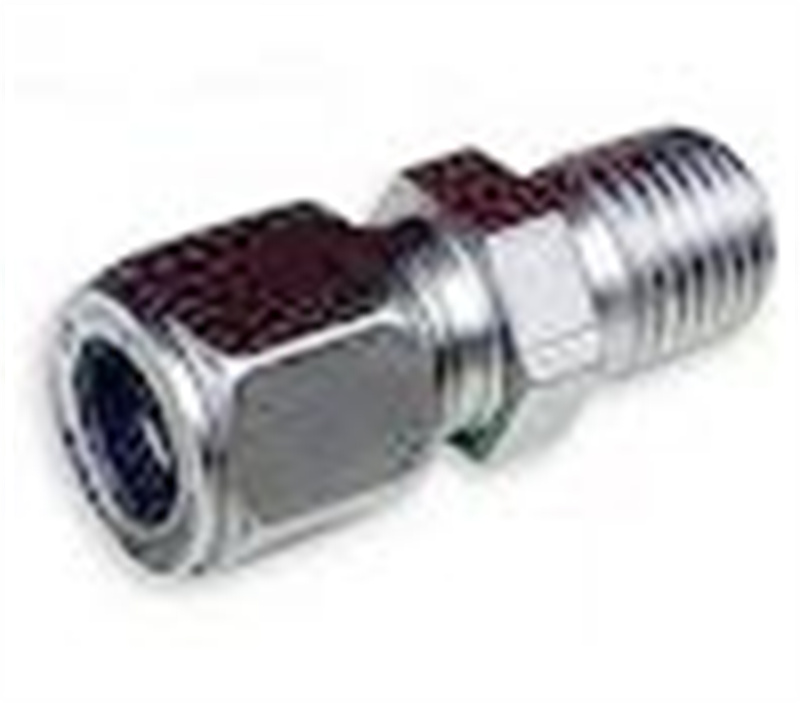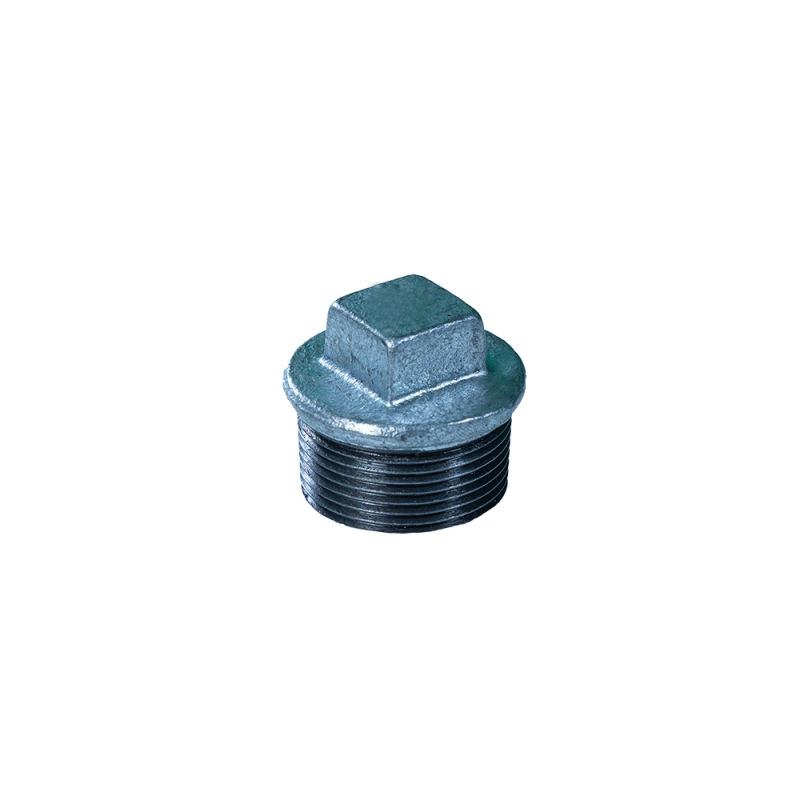You are not permitted to download, save or email this image. Visit image gallery to purchase the image.
Carlene and Michael Duffy, from Australian reality show The Block, have renovated five vintage caravans, each with their own distinctive personality. In this edited extract from their book This Old Van, they look at some of the things to keep in mind when buying and renovating a vintage van. Side Outlet Tees

The number of people you need to accommodate should be your first consideration when looking for a vintage van to purchase. Ask yourself these questions before you even start your search:
How many beds do you require?
What size beds do you need?
Are you comfortable with the idea of converting the dining table to a bed every night and back to a dining table in the morning?
Are you going to attach an annexe that can also house beds?
Your skill set will come into play thereafter. Are you a jack-of-all-trades with the time and skills to tackle a substantial renovation or do you have the budget to outsource the entire project to professionals? Where you sit on this spectrum is going to weigh heavily in the decision process of the type of van you are going to purchase.
Renovating vintage caravans has allowed the authors to venture on holidays without breaking the bank and to provide their kids with memorable experiences. Towing ability and capacity
Towing a van can take some getting used to, and the bigger the van the more challenging it will be to handle on the road. We suggest beginning with a 16-18ft (4.9-5.5m) van for a family or a 12ft (3.7m) van for a couple, and working your way up if you want to. Knowing your vehicle’s towing capacity is [also] extremely important when choosing which type of van to purchase.
Other things to consider before buying
Water damage: Water damage typically presents in the swelling of timber cabinetry and water stains around windows, skylights, roof hatches and vents. Another indicator of potential water damage is if the van shows heavy use of silicon on the exterior, which is often a sign that the previous owner has attempted to stop leaks.
Rust: The most common place for rust to be present is around the hitch and drawbar. The chassis will almost always have surface rust, which can be easily treated with rust-inhibiting paint. However, rust that is starting to bubble through paintwork or has completely eaten a hole through the chassis is a potential red flag and should prompt further investigation.
Windows: Be sure to check that all existing window frames are intact. It is common for owners to pull out windows to install the old ‘‘window rattler’’ air conditioner. This can pose a potential problem, because vintage van window frames can be hard, if not impossible, to source. On the other hand, the glass is easily replaced and a lot of owners opt to replace the glass with acrylic of the same thickness.
Van cladding: You will be very lucky to find a 50-year-old van that doesn’t have a mark on it; however, too many holes, dents, bumps and scrapes will mean a lot of work down the track and may not be worth the time or cost of fixing them.
Mechanics: During the pre-purchase inspection, Michael always checks to ensure that the van is, at a minimum, safe to tow home. Inspect wheels, brakes, bearings and the hitch, and ensure there are no loose items that might blow off.
Brakes: Check with your local governing body for brake requirements specific to your area.
When we renovated our first van, ‘‘Millie’’, there was next to no material out there from which to seek inspiration. That’s no longer the case. A simple Google or Pinterest search will generate plenty of renovated vintage vans, but in order to ensure our vans don’t all start looking alike, we strongly recommend seeking inspiration beyond other vintage vans. Home interiors and commercial spaces provide oodles of visual stimuli, but Carlene has been known to find inspiration in fashion, nature, art and even vintage cars and boats.
Start by deciding your colour palette. Simply locking this in will help guide all your other choices. In general, Carlene’s approach to colour has always been about saturating a space to create tonality, rather than applying lots of different colours, which creates high contrast. High contrast can feel chaotic, which isn’t how she wants her space to feel — especially not a small space like a van.
Once you have a general colour palette in mind, use Pinterest to start pinning anything and everything you like within that colour scheme. Once you’re happy with what you’re seeing, you can then take the next step and create a board consisting exclusively of the actual products to be included in your van. Canva is an online graphic design platform created for the lay person, and we’ve found it to be an excellent tool for pulling together materials [ideas] boards. It’s also completely fine to simply copy and paste images into a Word document if you’d rather.
One of the most important factors to consider when designing the layout of your van is weight distribution. Ideally, you want to keep the heavy items centred over the axles. This includes refrigerators, cooktops and heavy cabinetry.
By and large, the easiest and most effective way to renovate an old van is to replace old with new. The layout of an original van will have already considered things such as the weight distribution and head heights, and it provides you with a great guide.
We use a 3D render programme called SketchUp to draw our floor plans to scale but using graph paper and pencil can be just as effective.
The beds are going to play a big role in your configuration so, when conceiving a new van layout, the first thing to decide is how many people you want to sleep comfortably.
In a cosmetic renovation, try to work with what you’ve got. For example, a common original van layout includes two single beds at one end of the van with a dining table that converts into a bed at the other. If you prefer a bigger bed, a simple and cheap solution is to use a sheet of plywood across the top of the single beds to create a king-size bed, rather than trying to change the entire layout.
Placement of bunk beds can sometimes be difficult. Consider where the existing windows are, where you can get a structural fixing on to the van and the head height of the van.
Creating storage under the beds is without doubt the easiest way of making the most use out of your small space. The most cost-effective way to do this is to put your mattress on gas struts so you can easily lift it.
In all our vans, we typically locate the kitchen in the centre of the van. In addition to achieving weight balance, it also usually just makes the most sense for functionality. The kitchen joinery also provides an easy way to conceal the wheel arch.
Try to work with what you already have and take your time when removing cupboard doors, reworking them into your new design where you can.
If the cabinets are largely intact, the right colour and type of paint can be enough to take the surfaces from drab to fab. Laminate paint is hard-wearing, easy to clean and can be applied by brush, roller or spray gun. If you have to build new doors, use the existing ones as a reference for how they can be constructed. Virtually any laminate finish and colour can be glued to a lightweight plywood substrate. You’ll have the option to have 2-Pac painted cabinet doors, similar to what you see in residential kitchens, but we’re not convinced this is an expense worth incurring given the durability of many DIY paints. You can also choose from traditional van building materials, such as veneered plywood or paper foils.

Pipe Fittings And Accessories If you’re hoping to install a flat-pack kitchen, be mindful that these kitchens are not built with consideration to weight. If you do choose a flat-pack option, we recommend a light-weight option as the back panel is constructed from 3mm MDF rather than the 16mm particleboard that is used in most flat-pack kitchens. For further weight reduction, strategically cut sections out of the sides and backs of standard cabinets but be careful not to remove any sections where you will need to screw in drawer runners.